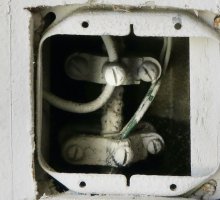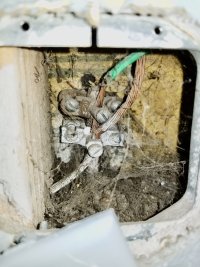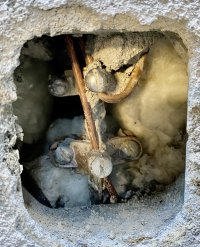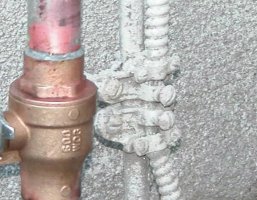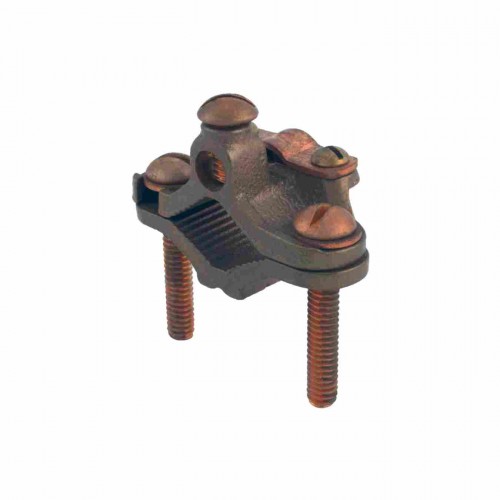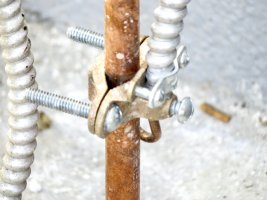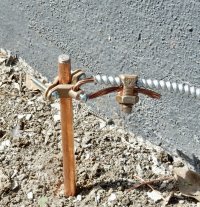Definite no for the NEC. A single CEE suffices.
I must agree. Since two electrical heavies have weighed in, I will share my story.
My dad, a general contractor, was building an addition for his sister—my aunt—and asked if I’d wire it and install a new service. I didn’t have time for this, but since it was family, I agreed. At this point, I had been working for years as a Building Code Official, Electrical Inspector, and thought I had hung up my license as a Master Electrician—but apparently, blood is thicker than water.
A few days later, my dad called me to say the footing inspection was scheduled for the next morning and that I needed to be there to connect the rebar to the grounding electrode system. The new service was going to be relocated to the addition, so I needed to install the Concrete Encased Electrode (CEE).
I cleared my schedule, got there early, and picked up 30 feet of #4 AWG copper, two rated clamps, and some zip ties. Since I like to go above and beyond, I decided to install 22 feet of copper in the footer, attaching it in two places to the rebar, leaving the last 8 feet for my connection to the neutral in the service disconnect. I could have just thrown in a 10-foot piece with one clamp and called it a day, but that’s not how I roll.
As I was making my connections, I heard the inspector arrive for the footing inspection. He was a combination residential inspector—meaning he was going to be the same guy inspecting my electrical work. As I was down in the trench, I heard him ask my dad:
"What is that wire he’s putting in?"
My dad, without missing a beat, responded,
"He’s the electrician. Why don’t you ask him?"
The inspector then called out to me,
"What’s that wire for?"
At first, I was surprised he even asked the question, knowing he was also the electrical inspector. I climbed out of the trench, looked him in the eye, and said:
"It’s a Concrete Encased Electrode (CEE)."
Then came his next question:
"What’s it for?"
Really?
I explained that it exceeded NEC requirements and that by installing the CEE, I wouldn’t need to drive ground rods, which was great because the foundation was being built over rocky terrain.
That’s when he hit me with this gem:
"Oh no, you have to put ground rods in."
I told him, "No, I don’t. And I won’t be installing any ground rods."
Then came the kicker:
"You have to put in ground rods. That’s what I see everyone else do."
And that’s when it hit me. This inspector wasn’t basing his inspections on the NEC—he was learning by watching what electricians were doing, whether they were following code or not.
At this point, I asked him for the specific NEC section that required ground rods in addition to the CEE. Silence.
I told him I’d be happy to show him exactly where the code says ground rods are not required in this situation.
Then, and I swear this part is 100% true, he looked at me and said:
"What do you think you are, some kind of inspector?"
I smiled.
"Yeah, as a matter of fact, I am."
Then I gave him some free advice—if he was going to be doing electrical inspections, he needed to actually know the code. Otherwise, some contractors would take advantage of him and lead him around by the nose.
A few years later, my uncle called me and said he knew a really good guy looking for a job as an inspector.
Guess who it was?
I told my uncle I wasn’t interested.


